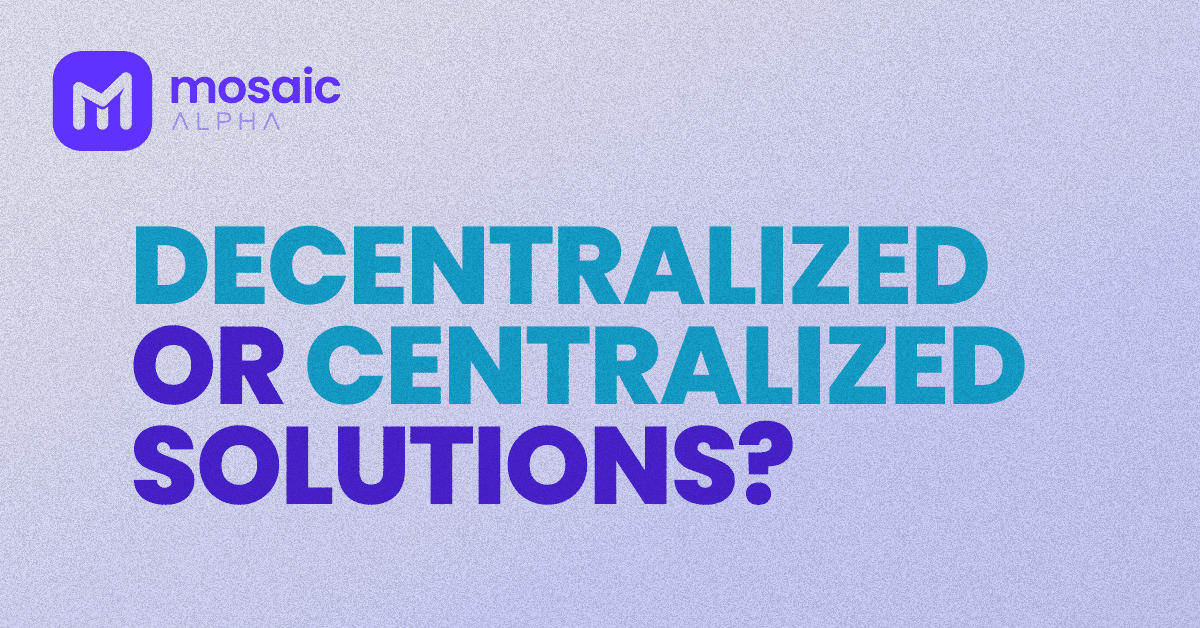Staking on blockchains means locking up and holding a certain amount of the network’s own cryptocurrency. Staking became a relevant concept in the blockchain world with the emergence of the “Proof of Stake” (“PoS”) consensus mechanism.
PoS has appeared on the crypto market as a more energy-efficient and secure alternative to the PoW (“Proof of Work”) mechanism. PoW refers to the miner doing its work, i.e. contributing to the operation of the blockchain by continuously performing hardware- and energy-intense calculations. The use of mining machines has a significant energy and environmental impact worldwide.
As opposed to this, in the PoS system, the miners responsible for running the system are replaced by stakers, who prove their commitment to the network by locking a certain amount of cryptocurrency and risking it, and thus they gain validator rights on the blockchain. Stakers run the risk that if their validators do not work consistently and correctly, or if they validate a false transaction, they could lose a significant part, or even all, of their staked volume.
In exchange for staking – similar to PoW mining – a reward is given. The validators receive a share of the cryptocurrency issued per block pro rata to the amount staked per block, as well as of the transaction revenues of the blockchain. This is passive income for the validators. The rate of income – similar to bank deposits – can be determined as an annual yield, which vary depending on time. An important factor of such income is the number of validators on the blockchain, to whom the reward is allocated. Networks with a higher number of validators and lower risk have a lower reward for staking.
Nowadays, PoS consensus is the basis of blockchain operation for many popular cryptocurrencies, such as Cardano and Polkadot, but it is also the basis for the operation of Ethereum 2.0. Thanks to the increasingly complex smart contracts, in addition to the per-block reward, staking can also provide other benefits linked to the network. Rewards can be affected by how much and for how long is staked.
On the 261 top cryptocurrencies operating on a staking basis, currently an 11% average annual passive income can be realized.









